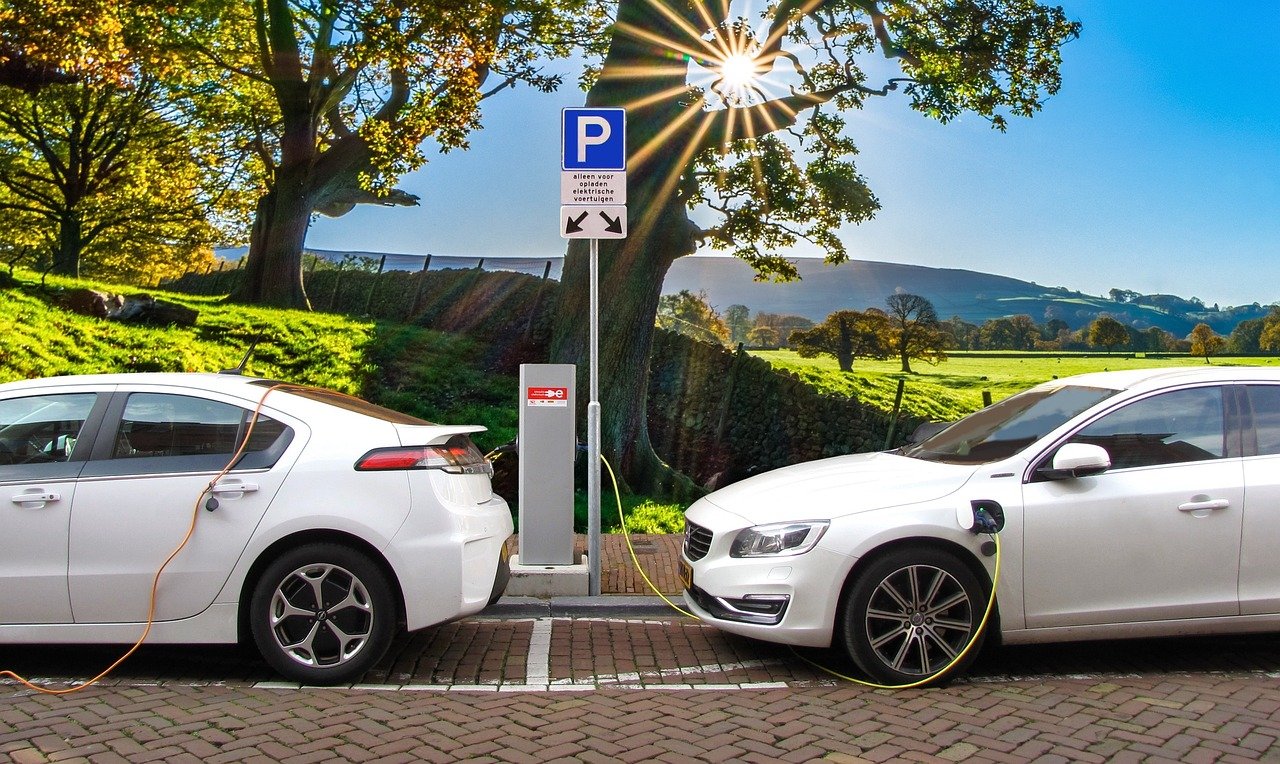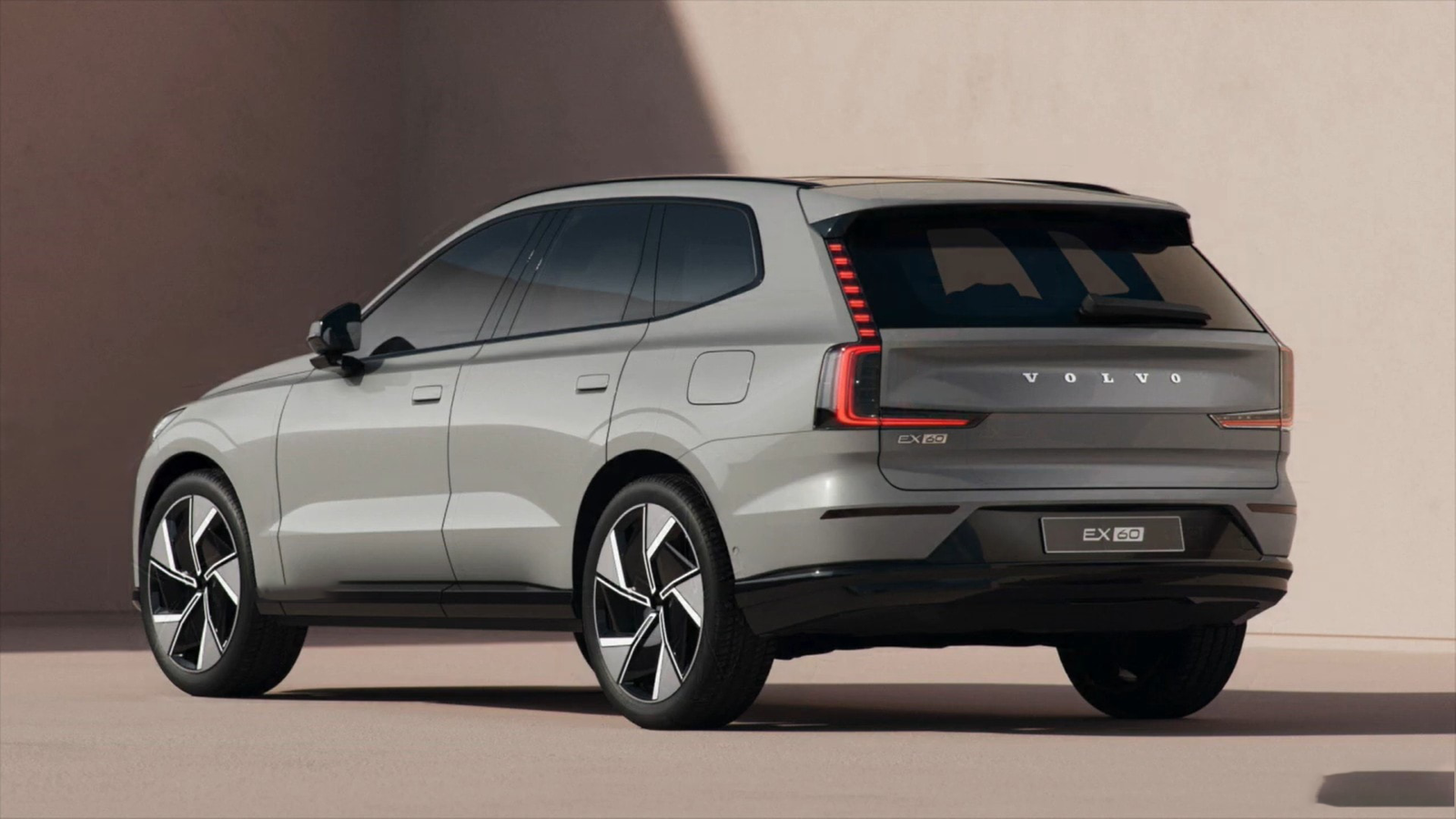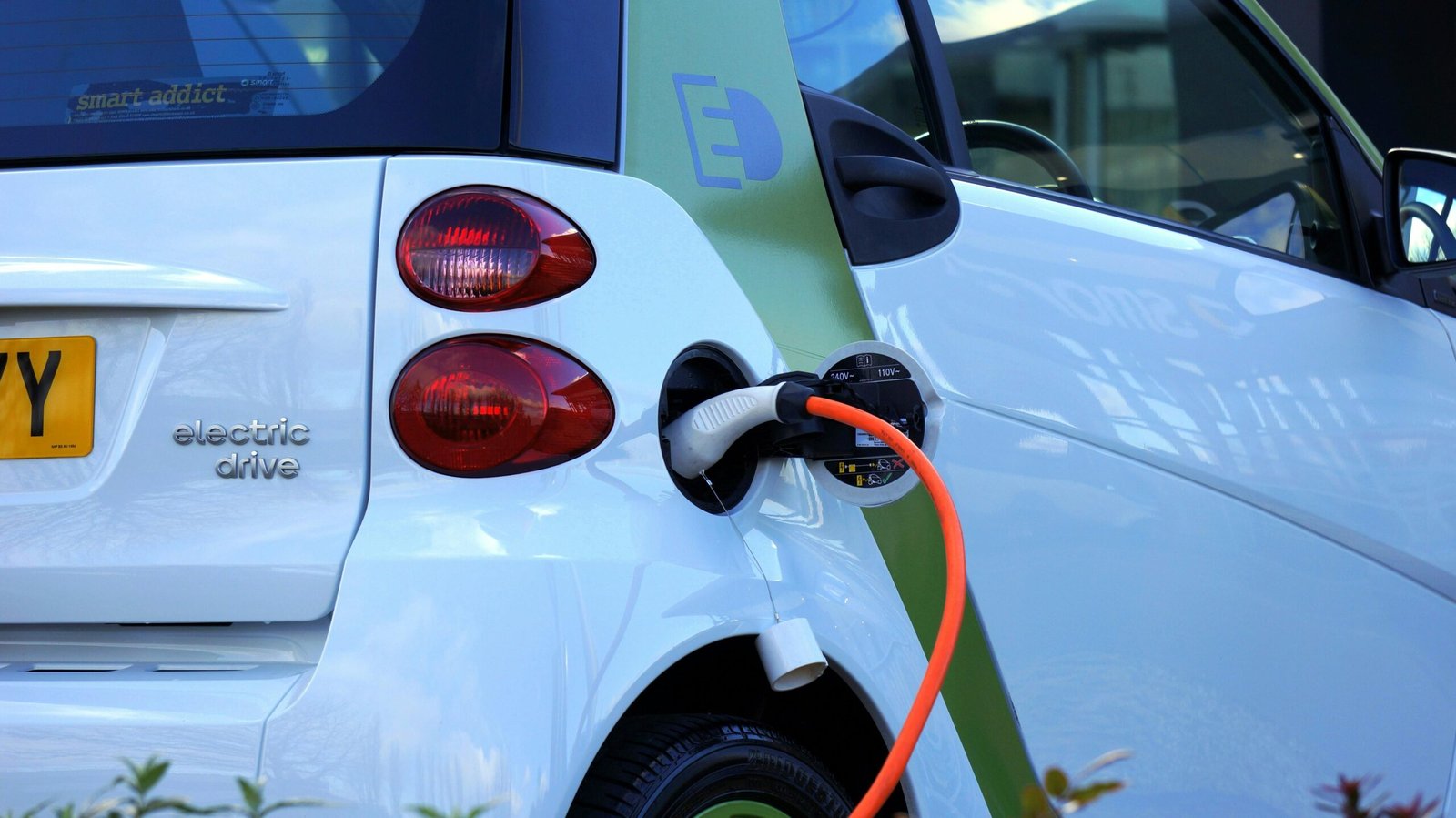The electric vehicle (EV) market has experienced exponential growth over the past decade, fueled by technological advancements, increasing awareness, and government incentives. In this blog, we will dive into the largest EV manufacturers worldwide, exploring their market presence, production capabilities, and strategies shaping the future of mobility.
The EV Market Landscape: A Snapshot
The global EV market reached a value of approximately $425 billion in 2023 and is projected to grow at a compound annual growth rate (CAGR) of 23.1% from 2023 to 2030. The leaders in this burgeoning industry include Tesla, BYD, Volkswagen Group, SAIC Motor Corporation, and Hyundai-Kia, among others. Here’s a closer look at these giants:
1. Tesla, Inc.: The Pioneer
Key Statistics:
- Headquarters: Palo Alto, California, USA
- Market Share (2023): ~17%
- Annual Deliveries (2023): 1.91 million vehicles
- Revenue (2023): $94 billion
Tesla has become synonymous with the electric vehicle revolution. Under the leadership of Elon Musk, the company introduced groundbreaking models like the Model S, Model 3, Model X, and Model Y. Tesla’s focus on performance, range, and cutting-edge technology has set benchmarks for the industry.
Strengths:
- Industry-leading battery technology and efficiency.
- Global Supercharger network for fast-charging solutions.
- Dominance in the premium EV segment.
Challenges:
- Increasing competition in key markets.
- Supply chain dependencies for critical materials like lithium and cobalt.
2. BYD (Build Your Dreams): The Underdog Turned Titan
Key Statistics:
- Headquarters: Shenzhen, China
- Market Share (2023): ~14%
- Annual Deliveries (2023): 1.86 million vehicles
- Revenue (2023): $80 billion
BYD has surged as a global EV powerhouse, benefiting from strong domestic demand and its integrated supply chain. BYD, unlike Tesla, manufactures its own batteries, giving it a strategic cost advantage.
Notable models include the Tang, Han, and Dolphin.
Strengths:
- Vertical integration of battery production.
- Affordable models catering to a wider audience.
- Strong presence in China, the world’s largest EV market.
Challenges:
- Limited presence in premium EV segments.
- Dependence on the Chinese market for the bulk of sales.
3. Volkswagen Group: The Legacy Automaker
Key Statistics:
- Headquarters: Wolfsburg, Germany
- Market Share (2023): ~10%
- Annual Deliveries (2023): 950,000 vehicles
- Revenue (2023): $295 billion
Volkswagen’s bold “Strategy 2030” aspires to position it as the top EV manufacturer globally. By introducing models such as the ID.3, ID.4, and ID.Buzz, the company seeks to attract a broad spectrum of consumers while capitalizing on its expansive manufacturing capabilities.
Strengths:
- Strong global brand recognition.
- Diverse EV lineup catering to various market segments.
- Heavy investments in software and autonomous driving technology.
Challenges:
- High dependence on Europe.
- Competition from more agile startups and Chinese manufacturers.
Key Statistics:
- Headquarters: Shanghai, China
- Market Share (2023): ~8%
- Annual Deliveries (2023): 820,000 vehicles
- Revenue (2023): $130 billion
SAIC is a key player in the EV market, leveraging partnerships with General Motors and Volkswagen. Its Wuling Hongguang Mini EV, a budget-friendly urban commuter, has become a massive success in China.
Strengths:
- Affordable EV models dominate the mass-market segment.
- Strong partnerships with international automakers.
Challenges:
- Limited brand presence outside of Asia.
- Heavy reliance on the Chinese domestic market.
5. Hyundai-Kia: The Emerging Contender
Key Statistics:
- Headquarters: Seoul, South Korea
- Market Share (2023): ~7%
- Annual Deliveries (2023): 750,000 vehicles
- Revenue (2023): $150 billion
Hyundai-Kia has been rapidly expanding its EV portfolio, with models like the Hyundai Ioniq 5, Ioniq 6, and Kia EV6 gaining critical acclaim. The group’s focus on design, technology, and affordability makes it a strong competitor in the EV market.
Strengths:
- Diverse and innovative EV offerings.
- Strong global distribution network.
- Competitive pricing.
Challenges:
- Competition from both premium and budget EV manufactures.
- Dependence on external battery suppliers.
Comparative Analysis: Tesla vs. BYD
| Metric | Tesla | BYD |
|---|---|---|
| Market Share (2023) | 17% | 14% |
| Annual Deliveries | 1.91 million | 1.86 million |
| Revenue | $94 billion | $80 billion |
| Battery Production | Outsourced | In-house |
| Key Market | USA, Europe | China |
Regional Insights: Who’s Leading Where?
- North America: Tesla dominates the U.S. market, with a strong presence bolstered by its Gigafactories in Nevada and Texas.
- Europe: Volkswagen Group leads in Europe, where governments’ stringent emission norms favor EV adoption.
- Asia: BYD and SAIC Motor dominate China, which accounts for over 50% of global EV sales.
Challenges Facing EV Manufacturers
Despite the impressive growth, EV manufacturers face several challenges:
- Supply Chain Constraints:
- Shortages of lithium, cobalt, and nickel.
- Rising costs of raw materials.
- Charging Infrastructure:
- Insufficient fast-charging networks in emerging markets.
- Regulatory Hurdles:
- Differing safety and emissions standards across regions.
- Intense Competition:
- Established automakers and new startups constantly enter the EV space.
The Road Ahead
As the EV market matures, competition will only intensify. Companies investing in innovative technologies, robust supply chains, and expansive charging infrastructure will likely emerge as leaders.
Tesla’s technological edge and BYD’s cost efficiency make them formidable players. Meanwhile, legacy automakers like Volkswagen and Hyundai-Kia leverage decades of experience to carve their niche in the EV landscape.
With a projected 40% market share for EVs by 2030, the future of mobility is undoubtedly electric. The race to dominate the EV market is far from over, and consumers stand to benefit from the innovation and competition driving this transformative industry.




